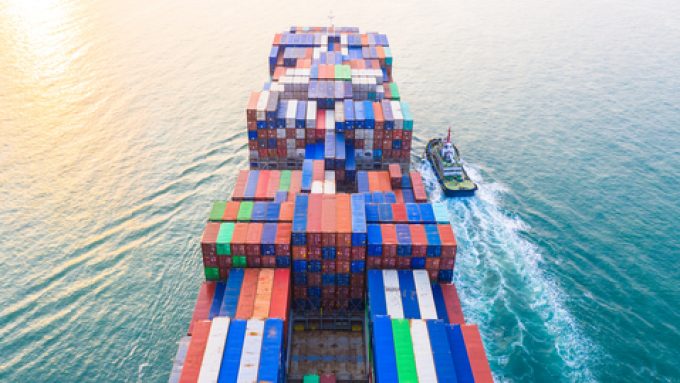Shipping lines are sub-letting tonnage to profit from firm charter market
Charter rates continue to defy the freight market, with HMM sub-letting a chartered vessel to ...

Having lost about 80% of their daily hire rate values last year, the containership charter market has now stabilised – but the outlook for the sector remains decidedly uncertain.
Charterers appear to be waiting for better demand visibility after the Chinese New Year holiday, which begins ...


Comment on this article